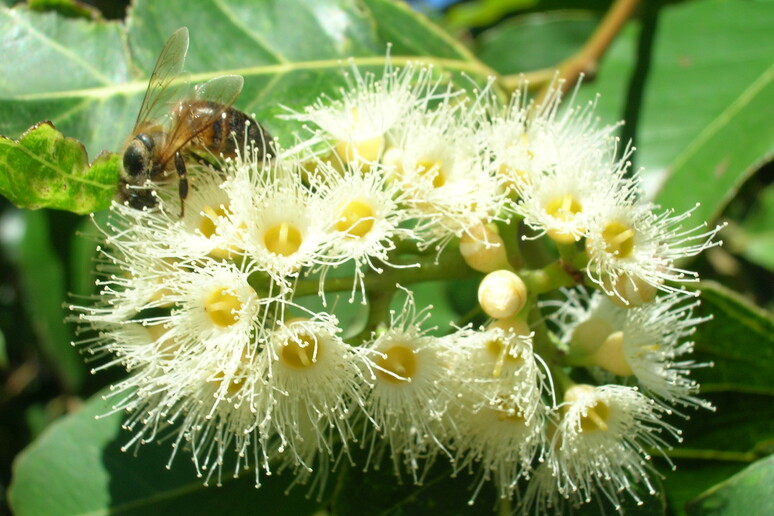Coordinated by Anna Menini of the Scuola Internazionale Superiore di Studi Avanzati in Trieste in collaboration with the University of Trieste, the Aldo Moro University of Bari and the Otolaryngology Clinic of the Giuliano Isontina University Health Authority, the study also analysed the different responses to different odour molecules, ranging from eucalyptus to lemon. The result, published in the journal iScience, could help explain what happens in the case of olfactory impairment, such as the one associated with Covid-19, and so develop appropriate treatments.
“Until now, no one had measured in intact human tissue the electrical activity of cells, neurons and epithelial cells, that make up the olfactory epithelium of our nose, where odour molecules are captured,” said Menini. “This is exactly what we did in this new study. In this way, we were also able to see how these signals change in the presence of different odour molecules: a study never carried out before,” she added.
The researchers also established that the so-called support cells, those surrounding the olfactory neurons, have a role that is anything but passive. “These cells seem instead to make an important contribution to the construction of the electrical message that will be sent to the brain, leading to the perception of smell,” said Menini.
Riproduzione riservata © Copyright ANSA













